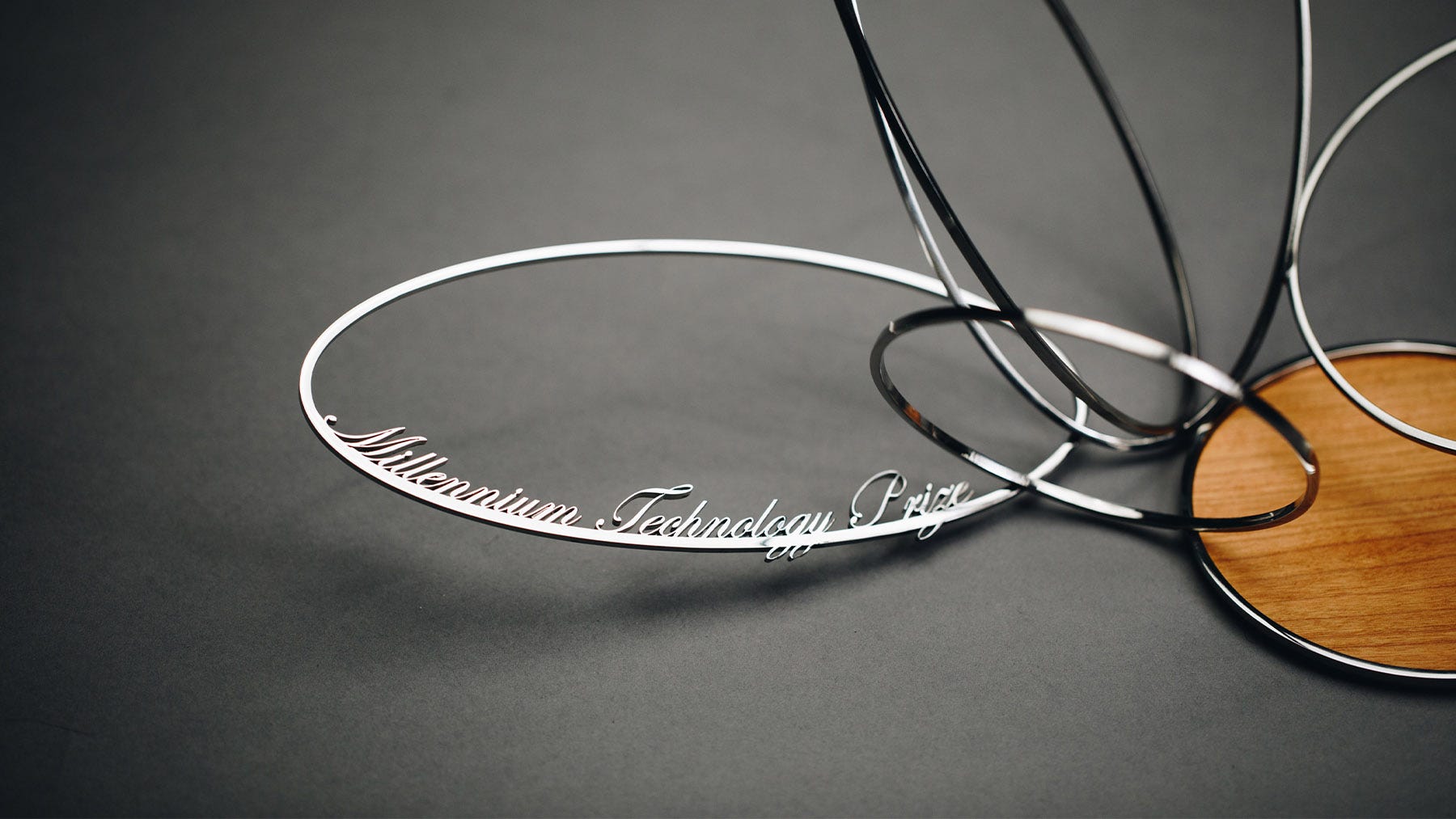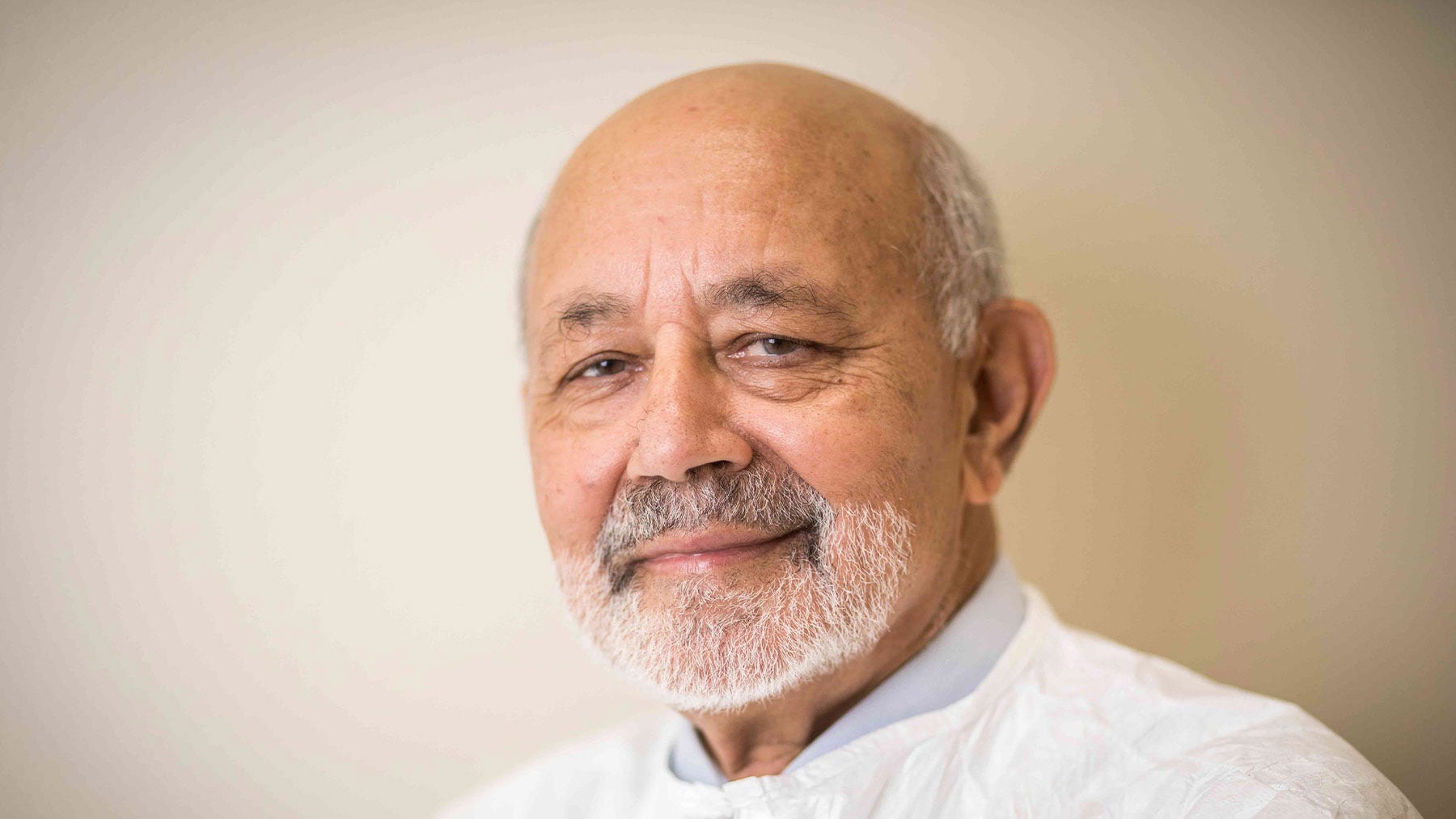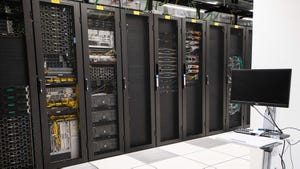2024 Millennium Technology Prize Winner Talks Transistors, Innovations, and Data Center Sustainability2024 Millennium Technology Prize Winner Talks Transistors, Innovations, and Data Center Sustainability
2024 Millennium Technology Prize winner Professor Jayant Baliga discusses data centers, sustainability, and the future shape of energy-efficient tech.

Professor Bantval Jayant Baliga has been awarded the 2024 Millennium Technology Prize for his pioneering semiconductor technology that has significantly reduced global energy use and carbon emissions.
Established in 2004, the Millennium Technology Prize is awarded every two years by the President of Finland to the developers of groundbreaking technological innovations that “promote the well-being of people and the planet.”
Professor Baliga, a professor of electrical engineering at North Carolina State University, received this year’s €1 million prize for the Insulated Gate Bipolar Transistor (IGBT), a power semiconductor device he invented 25 years ago that allows for high efficiency and low power consumption in electric motors.
The IGBT is a semiconductor chip power switch that can be placed in everyday technologies like home appliances, cars, solar panels, fluorescent lighting, medical equipment, refrigerators, and air conditioning units to control energy usage for optimal efficiency.
“Professor Baliga’s innovation has allowed us to develop societies with electricity efficiently while dramatically reducing energy consumption,” said Päivi Törmä, chair of the International Selection Committee of the Millennium Technology Prize.
“Power electronics is a key enabling technology of any modern society in which automation of processes and energy systems plays an ever-increasing role. For the last 40 years, and still today, the IGBT is the most important power semiconductor device.”

The Millennium Technology Prize is awarded every two years (Image: @millenniumprize / X)
Power Challenges in the Digital Age
Issues surrounding energy and power supply are a critical concern for the global data center and digital infrastructure industry. Yet while the demand for more power is only expected to continue, Professor Baliga said he was “optimistic” about the future of energy efficiency in the technology sector.
Ahead of this year’s Millennium Technology Prize announcement, Data Center Knowledge spoke with Professor Baliga about transistors, sustainability, and the future of tech.
Note: This interview has been lightly edited for clarity and length.
Data Center Knowledge: Can you briefly share your journey in the field of power electronics? What led you to the development of the Insulated Gate Bipolar Transistor?
Professor Bantval Jayant Baliga: For my doctoral dissertation, I pioneered the growth of Indium and Gallium-Indium Arsenide material for electronic applications. It was an exciting breakthrough that is now widely commercialized.
However, it was new at that time, and I was unable to get a job to continue working on this technology. General Electric (GE) offered me a position to work on power semiconductor devices. It was already considered a mature technology after 25 years of products.
The IGBT was invented by me in response to an urgent need at GE to build adjustable speed drives for motors in heat pumps used for air-conditioning. The existing transistors were cumbersome to use and had poor ruggedness. I had to convince the management of GE of the merits of my idea even though I had not yet built the device.
I made a radical proposal to make the IGBT for the first time in a manufacturing line to cut the time to go from invention to a product in less than one year compared with a normal time frame of five years.

Professor Baliga: “The most pressing challenge for the semiconductor industry is continuous cost reduction for building the chips”
DCK: Could you summarize how the IGBT functions and where it is commonly applied in real-world scenarios? How do data centers use IGBTs?
Professor Baliga: The IGBT is an electronic switch that transformed the delivery of power from analog to digital format. It functions by combining MOS physics with bipolar physics in semiconductors for the first time. It has applications in all sectors of the economy.
In the consumer goods sector, it runs the motors in refrigerators and air-conditioners; operates the burners on flattop ranges; runs motors in washing machines and dishwashers; controls small appliances such as toaster ovens, mixers, food processors, and steam irons. In the industrial sector, it runs robots in factories; operates motors for handling fluids; and runs motors in textile and steel mills.
In transportation, the IGBT allowed the commercialization of hybrid-electric and electric cars. In the medical sector, it provides power to X-ray, MRI, and CT scanners and enables portable defibrillators. The IGBT has many other applications.
Data centers are putting increasing demands on electric power. The IGBT can help by transferring power from solar and wind energy generation to data centers. Solar cells produce DC electricity, while wind power produces variable frequency AC power. IGBTs are required to convert this into stable 60 Hz AC power for use in data centers. Data centers then utilize my split-gate MOSFET invention for power delivery and distribution within them.
Larger data centers will also require greater energy storage to provide uninterrupted power. This can be done using pumped hydropower. The IGBT is required for the adjustable-speed motor drives used in this system.
DCK: How does the IGBT address the growing global concerns about power constraints, especially with the increasing demand for energy in both consumer and industrial applications?
Professor Baliga: The IGBT is a technology that enables the enhancement of electrical energy efficiency. It improved motor drive efficiency by 40% by enabling adjustable speed motor drives, and improved lighting efficiency by 70% by enabling CFLs.
This has saved 133,000 TWh of electricity consumption between 1990 and 2020. Today, only 50% of motor drives use adjustable speed drives. Increasing this to 100% will provide further benefits to consumers and the industry.
The IGBT is essential for the deployment of all renewable energy generation. Solar cells produce DC electricity. Wind power produces variable frequency AC power. IGBTs are required to convert this into stable 60 Hz AC power for use in homes and factories. The IGBT plays an essential role in replacing fossil fuel-based power generation with renewable energy generation.

The Insulated Gate Bipolar Transistor (IGBT) is used by data centers to convert DC electricity to stable AC power
DCK: You have also developed innovations like the Baliga Short-circuit Improvement Concept and the Bi-Directional Field-Effect Transistor. How do these technologies build on the foundation of the IGBT, and what potential do they have for further reducing energy consumption in places like data centers?
Professor Baliga: My new innovations are required for creating the next quantum leap in power semiconductor device technology. I proposed replacing silicon with wide-bandgap semiconductors in 1979 by deriving the Baliga’s Figure-of-Merit (BFOM). It projected 1,000-fold enhancement in power device performance by using silicon carbide and gallium nitride.
After 30 years of effort to improve semiconductor quality, silicon carbide, and gallium nitride devices have now become commercially available. In the future, they will replace the silicon IGBTs in electric vehicles.
My Bi-Directional Field Effect Transistor (BiDFET) invention enables building matrix converters that have significantly higher efficiency, better reliability, and smaller size than existing voltage source inverters. Power electronics experts believe that this is a major advancement for power delivery. They can be used for solar power delivery in homes, factories, and data centers.
DCK: In your view, what are the most pressing challenges in the semiconductor industry today?
Professor Baliga: The most pressing challenge for the semiconductor industry is continuous cost reduction for building the chips. Data centers are expected to demand greater electrical energy use with the AI boom. The IGBT can help by transferring power from solar and wind energy generation to the data centers.
Larger data centers will also require greater energy storage to provide uninterrupted power. This can be done using pumped hydropower. The IGBT is required for the adjustable-speed motor drives used in this system.
Read more of the latest data center hardware news
DCK: As someone who has dedicated their career to sustainability and energy efficiency, what advice would you give to tech companies striving to reduce their environmental impact?
Professor Baliga: My advice to companies would be to include the environmental impact when manufacturing their products. Take advantage of adjustable speed motor drives even if the initial investment is larger due to longer-term electricity cost savings while reducing carbon dioxide emissions.
The digital infrastructure sector can move toward greater sustainability by utilizing renewable energy sources.
DCK: What do you believe is the future of sustainability in tech? Are there any emerging trends or technologies that you think will be game-changers in the next decade?
Professor Baliga: I am optimistic about the replacement of fossil fuels by a proliferation of renewable energy sources and electric vehicles in the future.
Renewable energy costs are now on par with fossil fuels and may even have dropped below this important threshold. This is a game-changer that can encourage major investments in the future.
About the Author
You May Also Like









